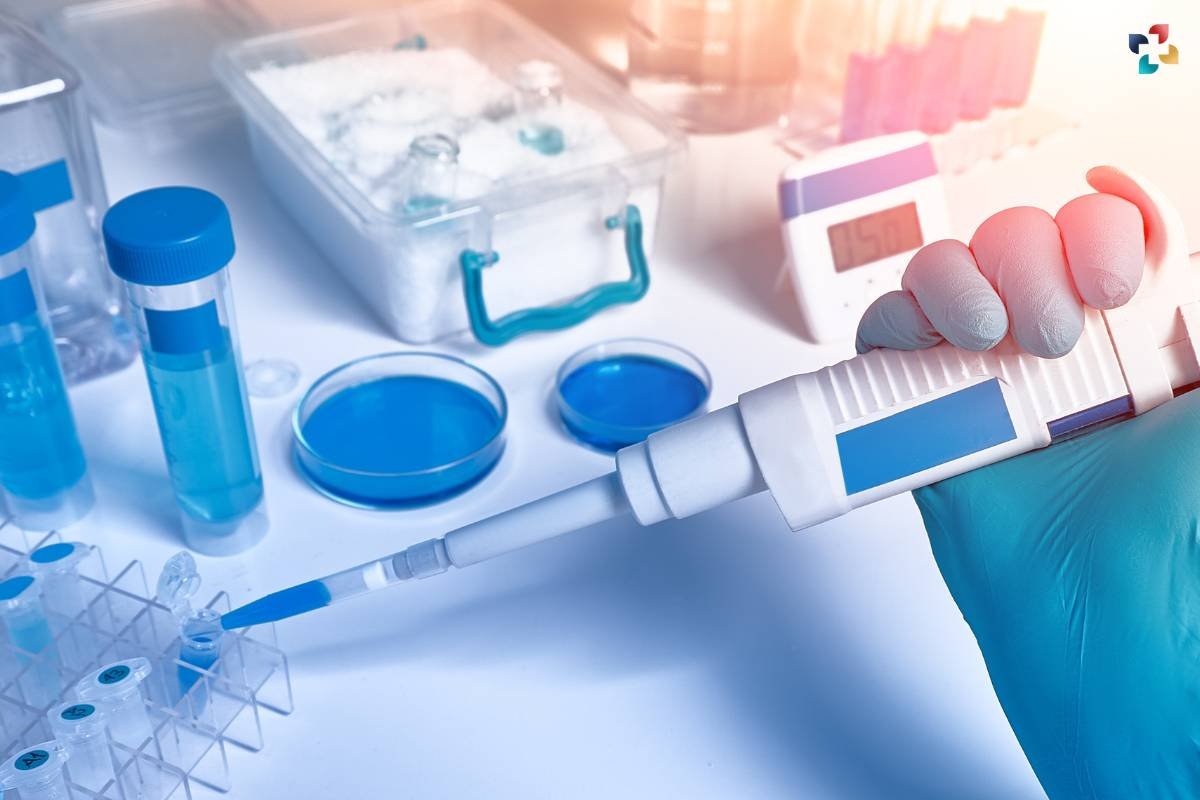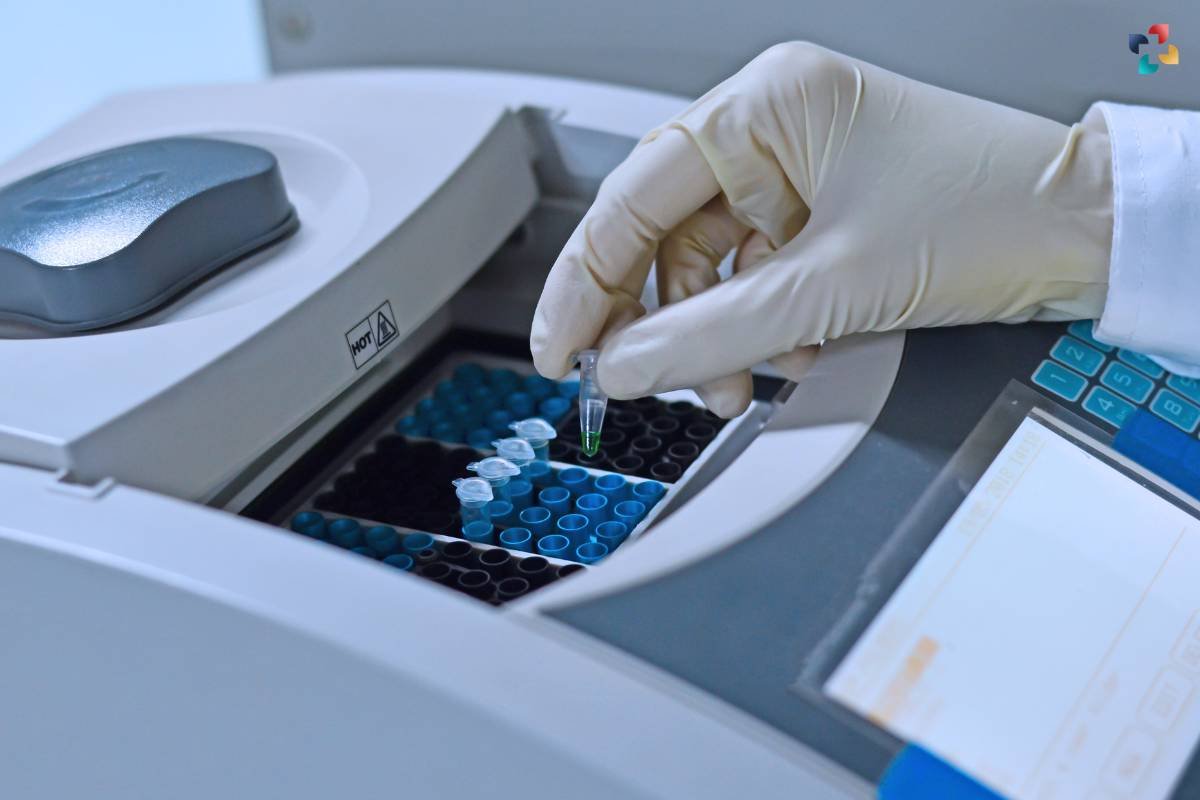Table of Contents
Introduction:
One of the most innovative methods in molecular biology is Polymerase Chain Reaction (PCR), which allows researchers to amplify and analyze DNA sequences with previously unheard-of efficiency and precision. Since its invention in the 1980s, polymerase chain reaction (PCR) has proven invaluable in a wide range of disciplines, including genetic research, biotechnology, forensic science, and medical diagnostics. This article shows the amazing influence of PCR on contemporary research by examining its principles, applications, and breakthroughs.
Understanding Polymerase Chain Reaction:
Polymerase Chain Reaction, often abbreviated as PCR, is a laboratory technique used to amplify specific segments of DNA through a series of temperature-controlled cycles. This process involves the use of a thermostable DNA polymerase enzyme, primers (short DNA sequences that flank the target region), nucleotides (building blocks of DNA), and a template DNA sample containing the target sequence. The PCR process is typically carried out in a specialized instrument called a thermal cycler, which precisely controls temperature changes during each cycle.
Principles of Polymerase Chain Reaction:

The Polymerase Chain Reaction operates on the principle of DNA replication, utilizing the enzyme DNA polymerase to synthesize new DNA strands complementary to the target sequence. The PCR process consists of three main steps: denaturation, annealing, and extension. During denaturation, the double-stranded DNA template is heated to separate its two complementary strands. In the annealing step, the temperature is lowered to allow the binding of short DNA primers to the specific regions flanking the target sequence. Finally, in the extension step, the temperature is raised, and the DNA polymerase synthesizes new DNA strands by extending the primers along the template DNA.
Applications of Polymerase Chain Reaction:
Polymerase Chain Reaction has revolutionized various fields of science and medicine, offering a multitude of applications:
1. Diagnostic Medicine
PCR is widely used in clinical diagnostics to detect and identify pathogens, genetic mutations, and infectious diseases with high sensitivity and specificity. It enables rapid and accurate diagnosis of conditions such as COVID-19, HIV, tuberculosis, and genetic disorders.
2. Forensic Science
PCR is employed in forensic analysis to amplify and analyze DNA from crime scene evidence, such as blood stains, hair follicles, and saliva samples. It aids in identifying suspects, establishing paternity, and solving criminal cases.
3. Genetic Research

PCR facilitates genetic research by amplifying specific DNA sequences for further analysis, including DNA sequencing, genotyping, and gene expression studies. It allows scientists to study genetic variations, gene function, and molecular mechanisms underlying diseases.
4. Biotechnology
PCR is integral to various biotechnological applications, such as cloning, gene expression analysis, and recombinant DNA technology. It enables the production of large quantities of DNA for gene cloning, site-directed mutagenesis, and DNA sequencing.
5. Environmental Monitoring
PCR is used in environmental science to detect and quantify microbial populations, pollutants, and genetic markers in environmental samples. It aids in studying microbial ecology, water quality, and environmental contamination.
Advancements in Polymerase Chain Reaction:
Over the years, PCR technology has undergone significant advancements, leading to the development of novel techniques and applications:
1. Real-Time PCR (qPCR)
Real-time PCR enables the quantification of DNA amplification in real-time, allowing precise measurement of target DNA concentrations. It is widely used in gene expression analysis, viral load quantification, and diagnostic testing.
2. Reverse Transcription PCR (RT-PCR)
RT-PCR combines PCR with reverse transcription to amplify and quantify RNA molecules. It is commonly used to study gene expression, viral RNA detection, and RNA viruses such as HIV and SARS-CoV-2.
3. Digital PCR (dPCR)
Digital PCR partitions DNA samples into thousands of individual reactions, allowing absolute quantification of target DNA molecules without the need for standard curves. It offers enhanced sensitivity and precision for rare target detection and copy number variation analysis.
4. Multiplex PCR

Multiplex PCR enables the simultaneous amplification of multiple target DNA sequences in a single reaction, streamlining workflows, and conserving sample material. It is used in genotyping, pathogen detection, and high-throughput screening applications.
5. Isothermal Amplification Techniques
Isothermal amplification methods, such as Loop-Mediated Isothermal Amplification (LAMP) and Recombinase Polymerase Amplification (RPA), amplify DNA under constant temperature conditions without the need for thermal cycling. They offer rapid, sensitive, and portable alternatives to traditional PCR for point-of-care diagnostics and field-based applications.
Conclusion:
A key technology in molecular biology, polymerase chain reaction allows for the quick, precise, and sensitive amplification of DNA sequences for a variety of uses. PCR is still a driving force behind innovation and discovery across a wide range of industries, including genetic research, biotechnology, diagnostic medicine, and forensic science. The potential for ground-breaking discoveries and revolutionary applications of PCR in research and medicine is endless as technology develops and new PCR-based techniques appear.
FAQs
1. What is Polymerase Chain Reaction (PCR)?
Polymerase Chain Reaction (PCR) is a laboratory technique used to amplify and generate millions to billions of copies of a specific DNA sequence. It is widely used in molecular biology, genetics, forensics, medical diagnostics, and various other fields.
2. How does PCR work?
PCR involves a series of temperature-controlled cycles that denature, anneal, and extend DNA strands. The process begins with heating the DNA sample to separate the double-stranded DNA into single strands. Primers, short DNA sequences that flank the target region, then anneal to the complementary sequences on the single-stranded DNA. Finally, DNA polymerase extends the primers by adding nucleotides, creating two new DNA strands. This cycle is repeated multiple times, exponentially amplifying the target DNA sequence.
3. What are the applications of PCR?
PCR has a wide range of applications, including:
- DNA cloning and sequencing
- Diagnosis of genetic diseases
- Forensic analysis (DNA fingerprinting)
- Detection of infectious agents (viruses, bacteria, fungi)
- Environmental monitoring
- Food safety testing
- Paternity testing
- Archaeological and evolutionary studies
4. What are the types of PCR?
There are several variations of PCR techniques tailored for specific applications, including:
- Reverse Transcription PCR (RT-PCR)
- Quantitative PCR (qPCR or real-time PCR)
- Digital PCR (dPCR)
- Nested PCR
- Multiplex PCR
- Allele-specific PCR
5. What are the advantages of PCR?
PCR offers numerous advantages, including its high sensitivity, specificity, speed, and versatility. It allows researchers to amplify and detect minute quantities of DNA from various sources, enabling the rapid and accurate analysis of genetic material for research, diagnostics, and forensic purposes. Additionally, PCR is highly adaptable and can be automated for high-throughput applications, making it an indispensable tool in modern molecular biology and biotechnology.











